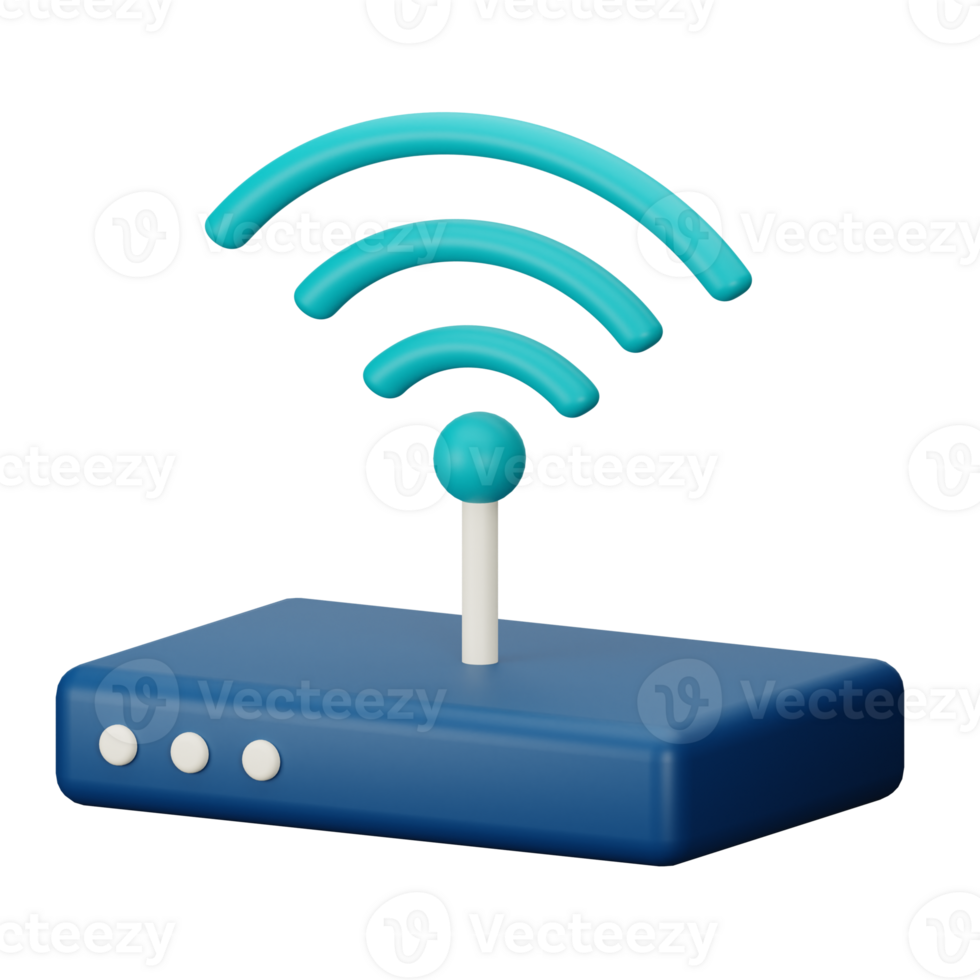Introduction:
In the digital age, a reliable home Wi-Fi network is essential for connecting devices, streaming content, and staying connected. Setting up a home Wi-Fi network might seem like a daunting task, but with the right guidance, it can be a straightforward process. This comprehensive guide will walk you through the steps to create a secure and efficient home Wi-Fi network.
- Selecting the Right Equipment:Before diving into the setup process, ensure you have the necessary equipment. You'll need a broadband internet connection, a modem provided by your internet service provider (ISP), and a Wi-Fi router. Choose a router that suits your needs, considering factors such as the size of your home and the number of devices you plan to connect.
- Choosing a Suitable Location:Place your router in a central location within your home to ensure a strong and consistent Wi-Fi signal throughout. Avoid placing it in enclosed spaces or near large obstacles like walls and furniture that may hinder the signal.
- Connecting the Hardware:
- Connect your modem to the internet source (cable or DSL line).
- Use an Ethernet cable to link the modem to the router's WAN (Wide Area Network) port.
- Power on both the modem and the router. Allow them a few minutes to initialize.
- Accessing the Router's Settings:
- Open a web browser and enter the router's IP address (commonly 192.168.1.1 or 192.168.0.1) into the address bar.
- Log in using the default credentials provided by the router manufacturer. Consult the router's manual for this information.
- Configuring Wi-Fi Settings:
- Change the default network name (SSID) to a unique and easily identifiable name.
- Set a strong, secure Wi-Fi password using a combination of letters, numbers, and special characters.
- Choose the appropriate Wi-Fi standard (usually a dual-band 2.4GHz and 5GHz option) based on your devices.
- Enabling WPA/WPA2 Encryption:
- Enable WPA (Wi-Fi Protected Access) or WPA2 encryption to secure your network. This ensures that unauthorized users cannot easily access your Wi-Fi.
- Updating Firmware:
- Check for and install the latest firmware updates for your router. This helps improve performance, fix bugs, and enhance security.
- Setting Up Guest Networks:
- Consider setting up a separate guest network to provide internet access to visitors without compromising your main network's security.
- Configuring Quality of Service (QoS):
- If your router supports it, configure QoS settings to prioritize certain types of internet traffic, ensuring a better experience for activities like streaming or online gaming.
- Testing and Optimizing:
- Connect your devices to the Wi-Fi network and test the connection speed.
- If you encounter dead zones or weak signals, consider using Wi-Fi range extenders or mesh systems to improve coverage.
- Regular Maintenance:
- Periodically check for firmware updates.
- Change your Wi-Fi password if needed, especially if you suspect unauthorized access.
- Keep an eye on connected devices and remove any unknown devices.
Conclusion:
Setting up a home Wi-Fi network is a crucial step in today's connected world. By following these steps and customizing settings to fit your needs, you'll create a reliable and secure network that supports the demands of your connected devices. A well-configured home Wi-Fi network not only provides internet access but also ensures a seamless and enjoyable online experience for everyone in your household.
